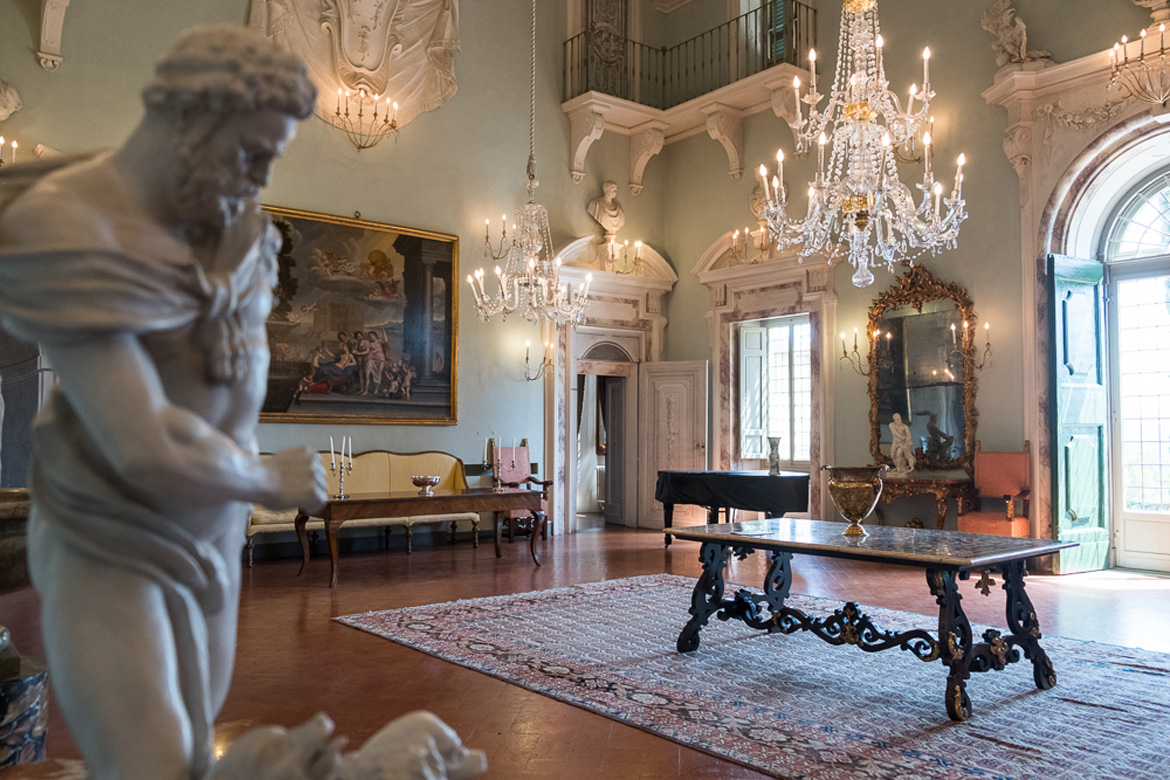- Chianti Classico
the wines of Estate of the Dome winery
- View the embedded image gallery online at:
https://www.tuscanwinecurator.com/estate-of-the-dome-winery#sigProId2fc460e6c1 - REQUEST TOUR INFO & BOOKING
- Wines produced:
Chianti Classico, Chianti Classico Riserva, IGT Syrah, IGT Bianco
- Vines:
Sangiovese, Canaiolo, Syrah, Trebbiano, Malvasia, Moscato
- Bottles produced:
40.000
- Cultivation / production:
Organically and Biodynamic
- Vini Azienda:
Chianti Classico DOCG
Grape variety: Sangiovese 100%
Certified/denomination: DOCG
Terroir: deep soils strongly clayey-calcareous and moderately alkaline
Altitude: 150 e 250 m above sea level.
Vinification: grapes harvested manually.
alcoholic fermentation takes place in stainless steel.The malolactic fermentation takes place in wood
Aging / Refinement: for at least 12 months in Slavonian oak barrels.Ideal for all types of meat (white and red) and on soups typical of the Tuscan tradition (ribollita, pappa al pomodoro, cooked water). Also excellent on elaborate and tasty fish dishes (eg cacciucco alla livornese) or for sushi and typical dishes of ethnic cuisine (Indian and Chinese in particular).
16 ° C is the ideal serving temperature.
Chianti Classico DOCG Gran Selezione – Super Tuscan
Grape variety: 100% Sangiovese
Certified/denomination: DOCG
Terroir: vineyards on clayey soil rich in marine substrates of “leafy” marl with limestone banks
Altitude: 200 m above sea level.
Vinification: Alcoholic fermentation in stainless steel on yeasts for at least 30 days at a controlled temperature.
Malolactic fermentation in wood follows
Aging / Refinement: 30 months in French oak barrels of 225 and 500 liters and in Slavonian oak barrels of 1,500 liters.Ideal for stews and all game.
The ideal serving temperature is 18 ° C.
Chianti Classico DOCG Riserva
Grape variety: Sangiovese 100%
Certified/denomination: DOCG
Terroir: vineyards on clayey soil rich in marine substrates of “leafy” marl with limestone banks
Altitude: 200 e 270 m above sea level.
Vinification: Alcoholic fermentation takes place for about 30 days in stainless steel with indigenous yeasts at a controlled temperature.
The malolactic fermentation takes place in wood
Aging / Refinement: at least 24 months in French oak barrelsIdeal for all types of red meat, in particular roasts, braised meats and game dishes.
Also perfect with Indian and Chinese cuisine. Serving temperature at 18 ° C.
Rosato di Toscana IGT
Grape variety: Pugnitello 100%
Certified/denomination: IGT
Terroir: very deep and strongly clayey / calcareous soil.
Altitude: 250 e 300 m above sea level.
Vinification: slow fermentation at controlled temperature in stainless steel.
Ideal for all fish dishes. Good with soups and broths, delicate white and red meats as well as fresh cheeses and cured meats.
Serving temperature 14/16 ° C.
Bianco di Toscana IGT
Grape variety: Chardonnay 50%, Traminer aromatico 30%, Sauvignon Blanc 20%
Certified/denomination: IGT
Terroir: strongly clayey and calcareous.
Altitude: 300 m above sea level.
Vinification: slow fermentation at controlled temperature, at least 12 months in stainless steel
Ideal for raw fish, shellfish and seafood first courses.
Serving temperature 14/16 ° C.

The earliest information regarding the estate comes from a land register dating back to 1427. At the time, the dome of the Cathedral was being erected in Florence – and from a specific spot in the park, the locals of almost 600 years ago could admire the spectacle of its construction.
The villa is located on the Chianti hills south of Florence and immersed in a charming landscape of olive groves and vineyards.
Over the centuries, the villa has passed from hand to hand among the wealthiest Tuscan families of the time and hosted eminent characters, from Popes to Royalty.
The current owners bought the villa and its land In 1999. Despite the vineyards and olive groves being abandoned – and the villa itself needing major restoration – the new owners sensed their extraordinary potential.
So they began restoring the villa, including its Italianate garden and park. This took until 2002. However, bringing back the buildings to their ancient splendor was not all: it also took a total of 6 years, from 1999 to 2005, to replant the vineyards (extending over 42 hectares) and olive groves (with 2,700 olive trees spread over 6 hectares).
In 2003, the new cellar was built. This was also the year of the first vintage on the estate, kicking off the production of Chianti Classico wines of undisputed excellence.
Today, the wine and oil production of the estate follows a completely eco-sustainable approach: the agricultural activity follows the rhythm of the seasons, while every single vine is part of a living whole made up of earth, plants, animals, and man – all interconnected in perfect natural balance.



